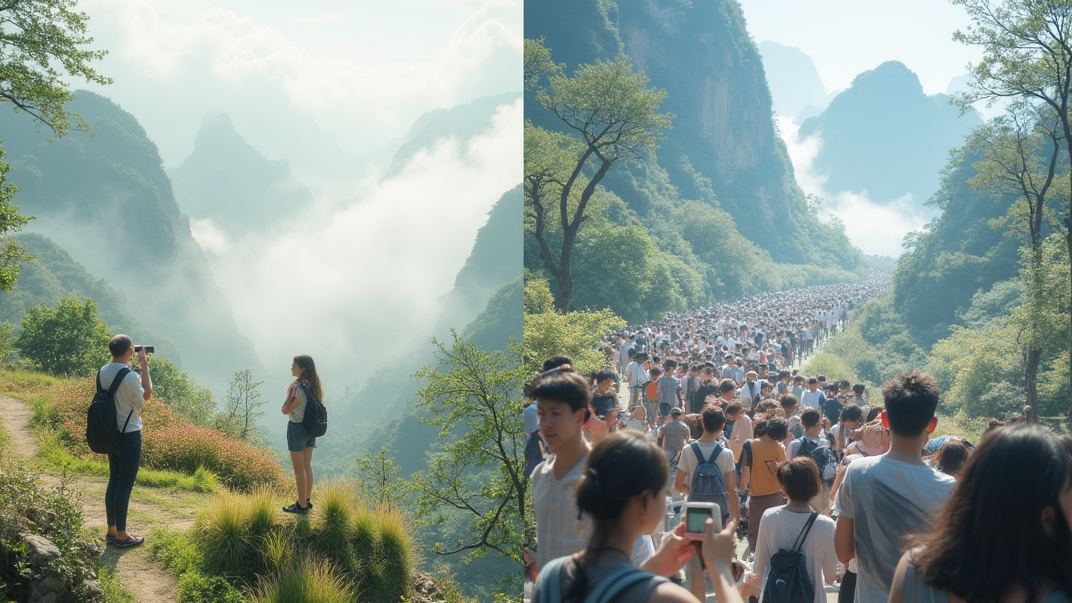The camping boom that began during the pandemic has evolved. No longer just about picturesque tents and #VanLife posts, today’s campers prioritize sustainability, durability, and meaningful connections with nature. The shift reflects a broader cultural move toward conscious consumption—even in the wilderness.
Gone are the days of disposable gear and overcrowded tourist hotspots. Modern campers seek eco-friendly alternatives, from solar-powered equipment to biodegradable toiletries. Brands like REI and Patagonia report surging demand for repairable gear, signaling a rejection of fast outdoor fashion.
The “Leave No Trace” principle has matured into “Leave It Better.” Volunteers now organize cleanup hikes, while apps like TrashOut help track waste removal. Some enthusiasts even carry portable water filters to reduce plastic bottle use. The goal? Camping that benefits the environment rather than exploiting it.
Durability is the new luxury. Lightweight, multifunctional gear dominates the market, with innovations like modular cooking systems and weather-resistant recycled fabrics. Consumers increasingly research products’ lifespans before purchasing—proof that sustainability and practicality now outweigh Instagram appeal.
Community-driven camping is rising. Platforms like Hipcamp connect travelers with private landowners, promoting low-impact stays. Meanwhile, regenerative tourism initiatives encourage campers to participate in reforestation or wildlife conservation during trips.
Camping is no longer a trend but a movement. As more people embrace mindful outdoor living, the industry must adapt—or risk becoming obsolete. The wild deserves more than just pretty photos; it demands respect.






